The natural kiln transformation is the distinctive feature and greatest charm of Tenmoku teacups, which are known for their colorful variations. It is also a reflection of the low product yield and high firing difficulty of the Tenmoku teacups. Each Tenmoku teacup is unique and cannot be replicated. Even within the same kiln, teacups produced from different locations will have different glaze colors, with some variations being quite significant.
Tenmoku teacups are designed with wisdom in every aspect.
Today, let's briefly summarize the four great mysteries of Tenmoku teacups.
1.The thick body retains heat for a long time and is slow to cool down.

Tenmoku teacups, also known as "iron-bodied" teacups, have a thick body that retains heat and keeps tea warm for a long time. They are fired at high temperatures, causing the glaze to flow downward and creating a thin glaze along the rim or "dry rim." The glaze is gathered at the bottom of the cup, while the outer wall is partially glazed, preventing the cup from sticking to the kiln during firing. The inside of the Tenmoku teacup has many small air holes that help to maintain the temperature of the tea. There is also a theory that these small air holes adsorb calcium and magnesium ions in the water, reducing its hardness and making it softer. Cai Xiang praised Tenmoku teacups in his book "The Classic of Tea," stating that "white teas should be drunk from black teacups. Those made in Jian'an are bluish-black with rabbit hair patterns and a slightly thick body...they retain heat and do not easily cool. They are the best to use. Those from other places, whether thin or purple in color, cannot compare."
2.Small bottom and large mouth, easy to bring out the aroma of tea.
Friends who have seen Tenmoku teacups know that their shape resembles a funnel, with a small shallow base and a wide mouth, which reflects the wisdom of our ancestors. The funnel-shaped tea vessel not only facilitates better observation of the changes in the tea soup during tea preparation, but also enhances the diffusion of the tea aroma. As Zhu Yan wrote in "The Book of Pottery," during the Song Dynasty, the popular tea vessels were spouted bowls, with the Jian'an (today's Jianou) rabbit hair teacup being the top choice.
3.The iron body retains soft water and freshness.
Because Tenmoku teacups contain a high iron content, their body colors are gray-black or black-brown, with a thick and hard body that produces a metallic sound when lightly tapped. Holding a Tenmoku teacup feels heavy, and the exposed body parts feel rough with a grainy texture due to the high amount of sand in the clay. The thick and "sandy" iron body not only softens the water quality but also retains the freshness of the tea soup, preventing it from spoilage.
4.The unique and ever-changing patterns are unpredictable.
Tenmoku teacups have various types of patterns, with the rare and precious varieties being "oil droplets" and "rabbit hair," while the most expensive and hard-to-find is "yao bian," which is too scarce to be commonly seen. The earliest and simplest product of the Jian kiln was the "wu jin" teacup, which had a black glaze resembling ink, sometimes with shades of dark green, brown, or black-brown, and generally had no patterns. Half-glazed with a black and lustrous appearance, the highest quality ones are so shiny that they can even reflect light.
The precious varieties of Tenmoku teacups include rabbit hair, oil droplets, and yao bian. "Wu jin" teacups were one of the earliest products of the Jian kiln, with a black glaze resembling lacquer, some with shades of green, while others had a black-brown or brown-black appearance, generally without patterns or with indistinct patterns. The glaze was typically thick. "Black and lustrous, the highest quality ones are so shiny that they can even reflect light."
Later on, kiln transformation emerged, with the glaze of Tenmoku teacups producing iron-based crystals that vary from cup to cup.
Tenmoku teacups are not just simple tea vessels, but also embody the pursuit of ancient people in the Zen tea culture.


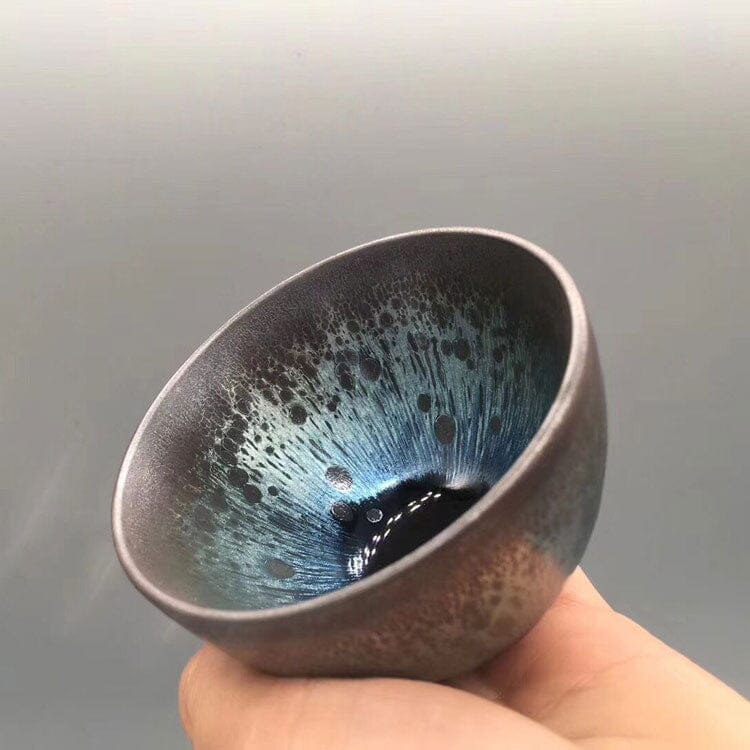
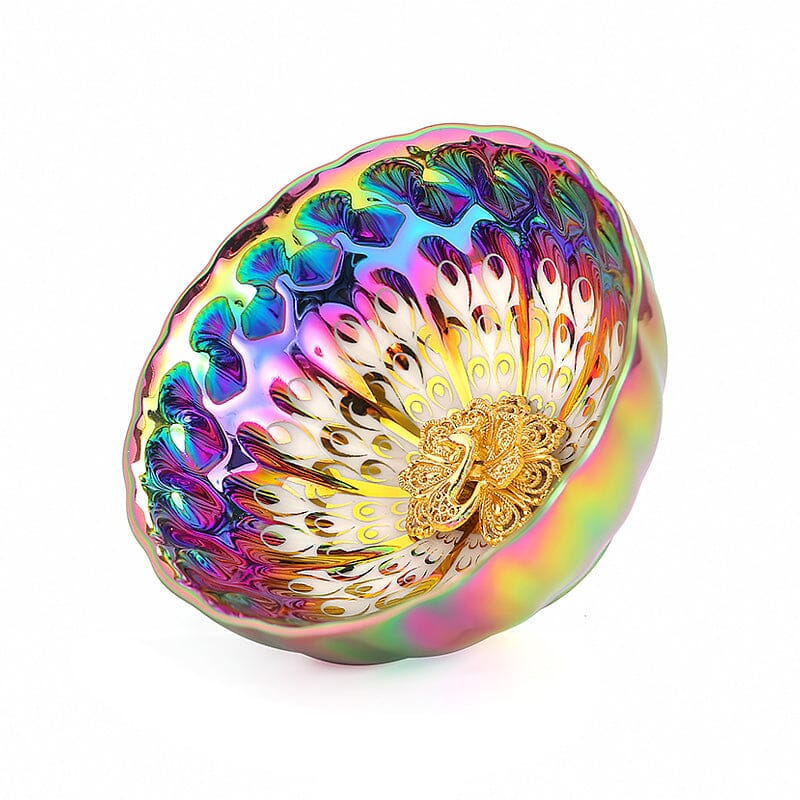
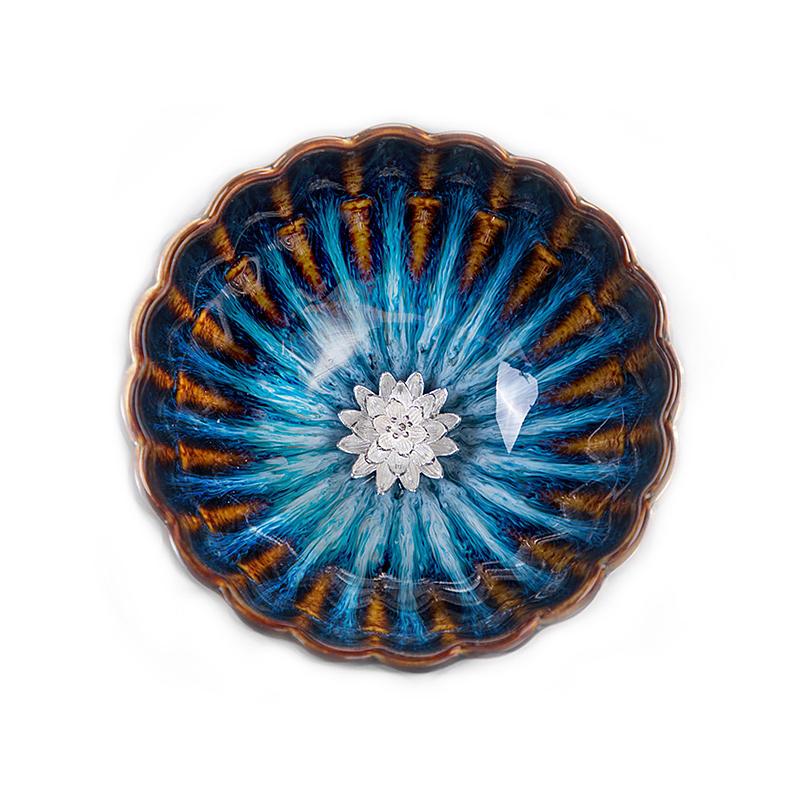
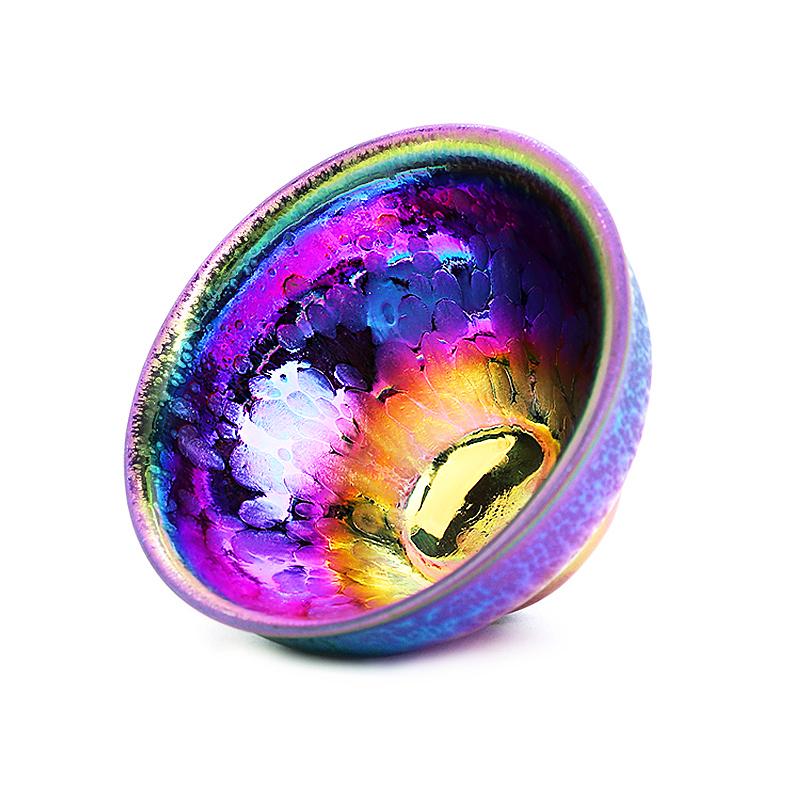
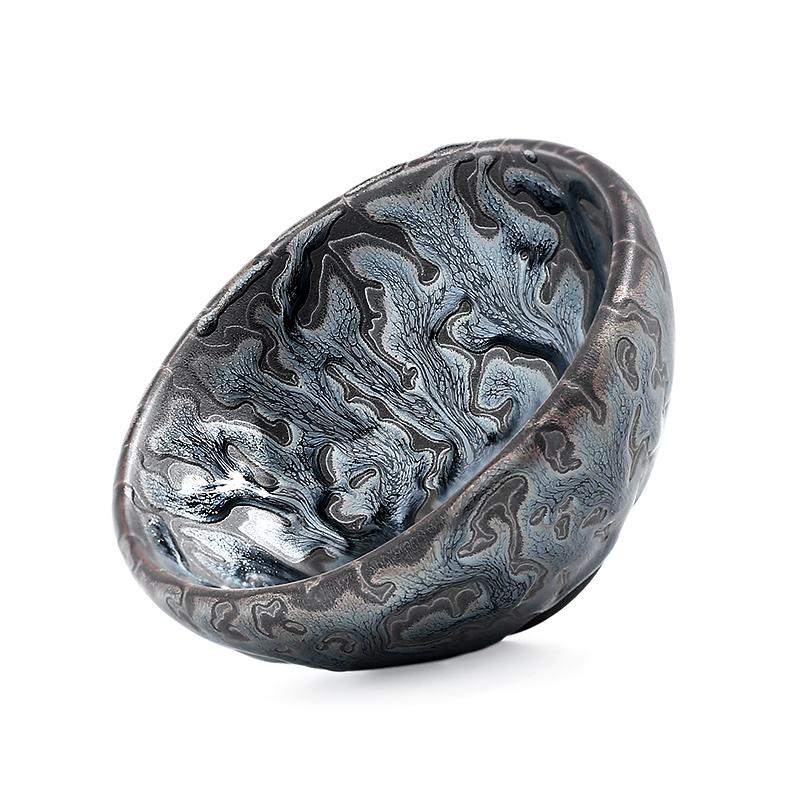
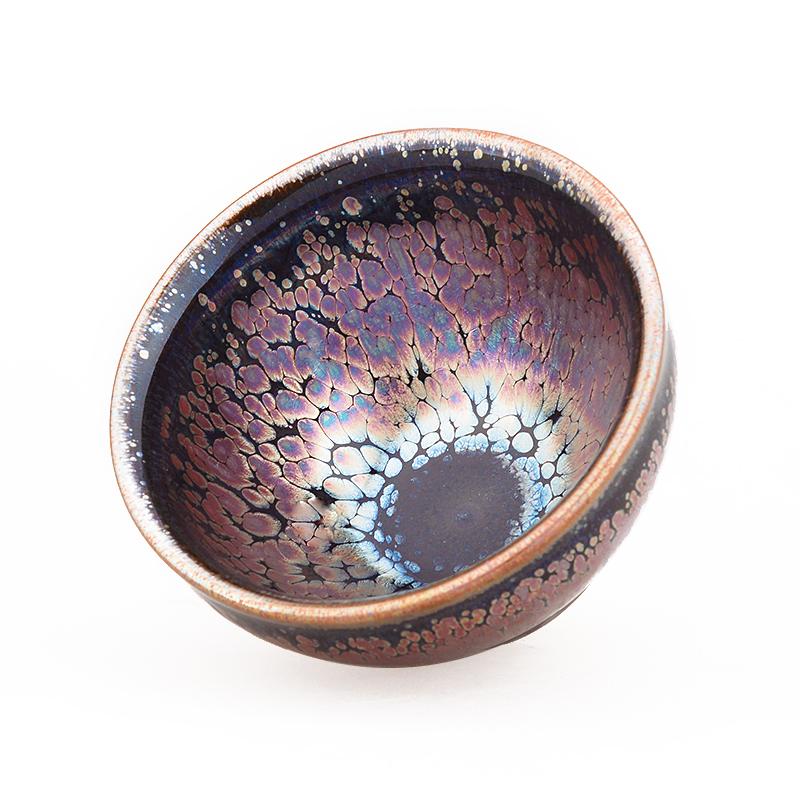
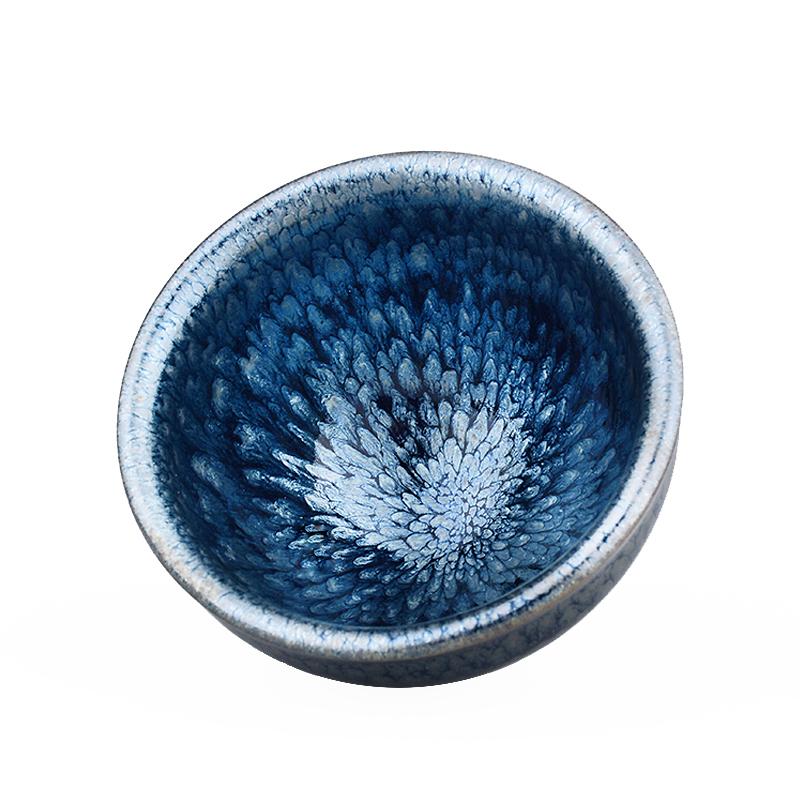
Share:
Introduction to Tenmoku's shapes and sizes?
Several good books related to Tenmoku